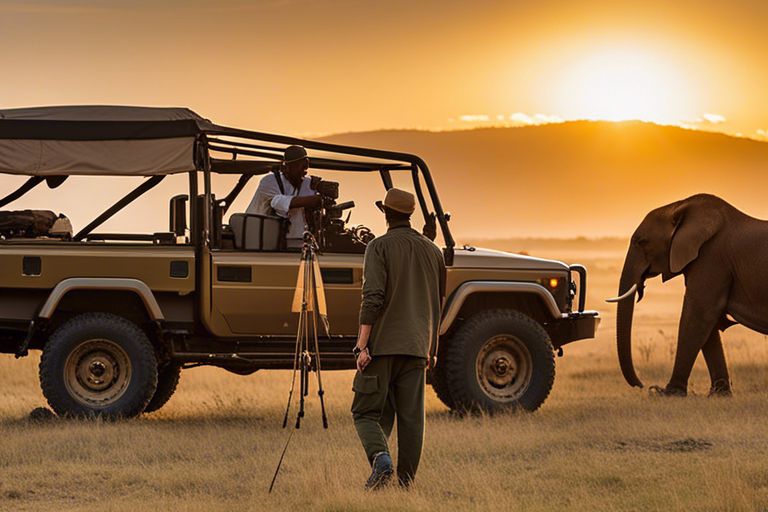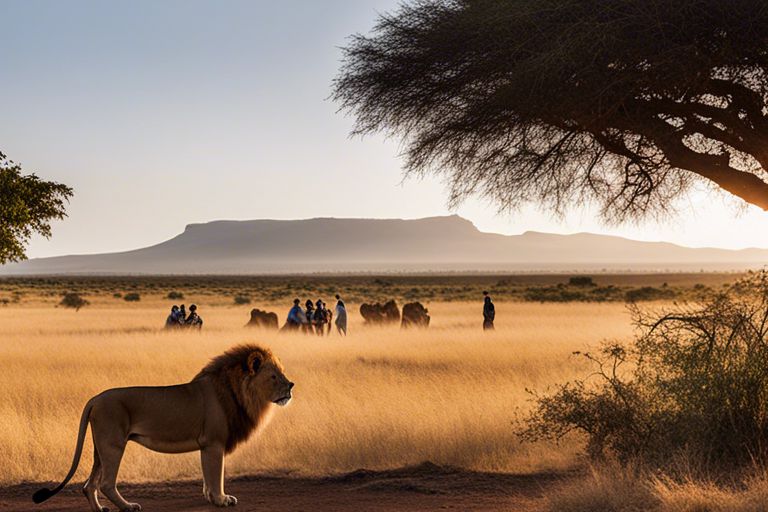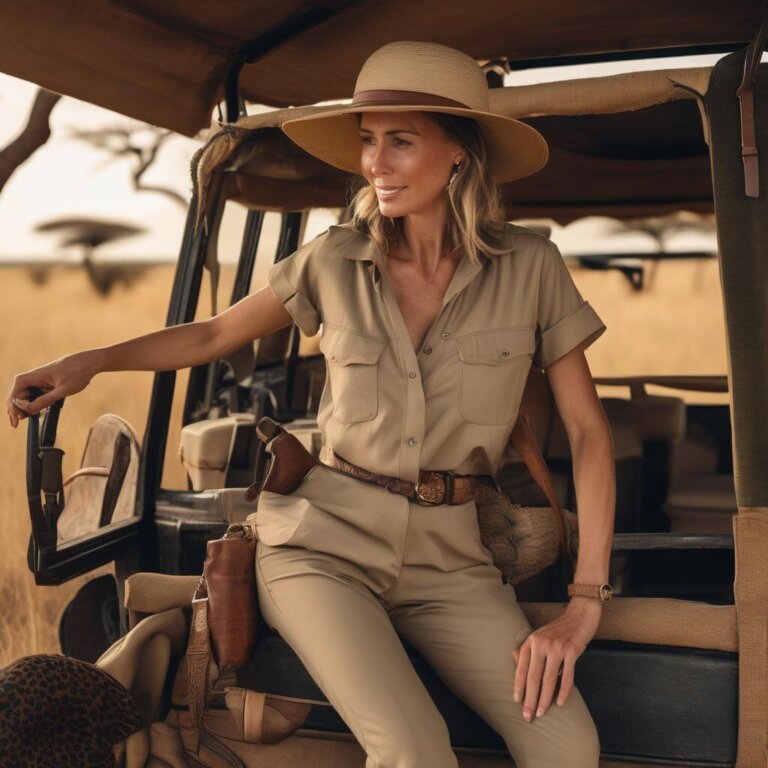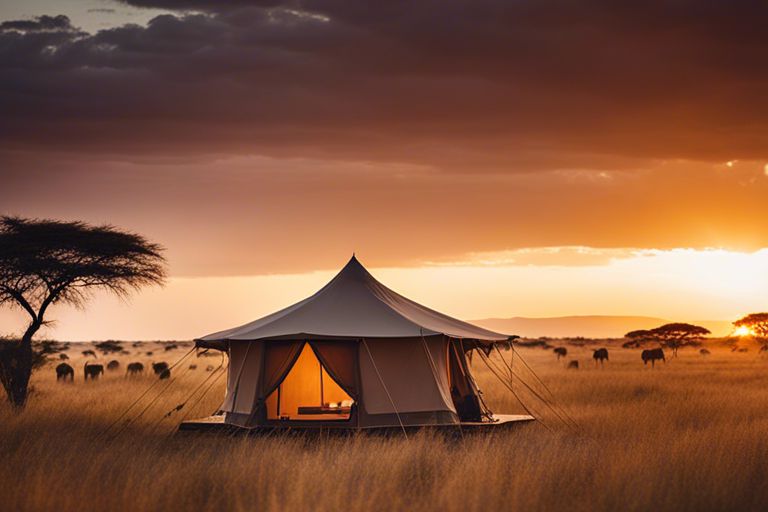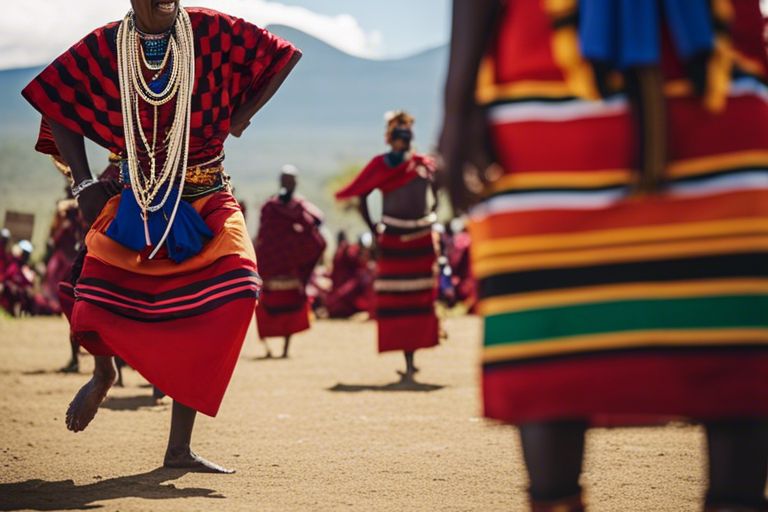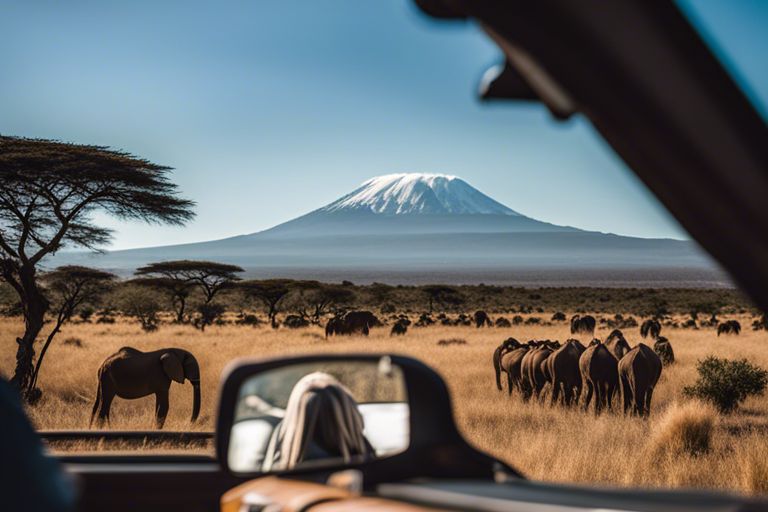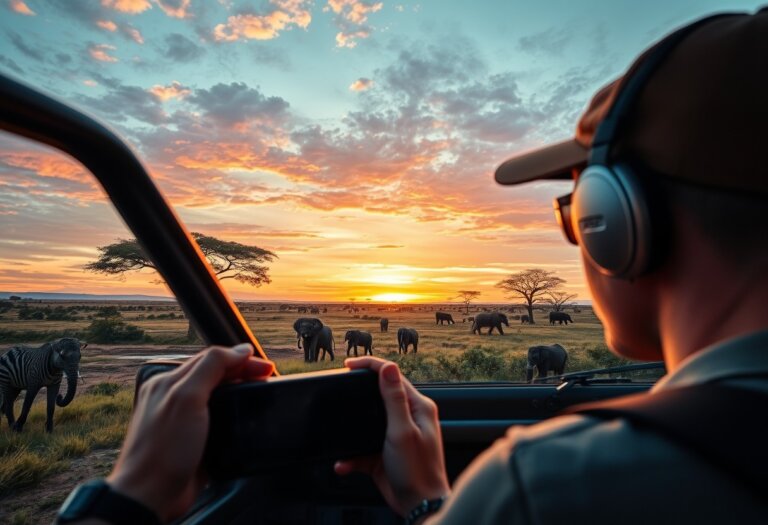Insider Tips For Capturing The Best Photos On Your Tanzania Safari
Most seasoned travelers launching on a Tanzania safari dream of capturing breathtaking photos of the abundant wildlife and stunning landscapes they encounter. With the right knowledge and techniques, you can take your photography skills to the next level and ensure you come back with images that truly capture the essence of this remarkable destination. In this blog post, we will share insider tips and tricks to help you make the most of your safari experience and return home with stunning photographs that will leave a lasting impression.
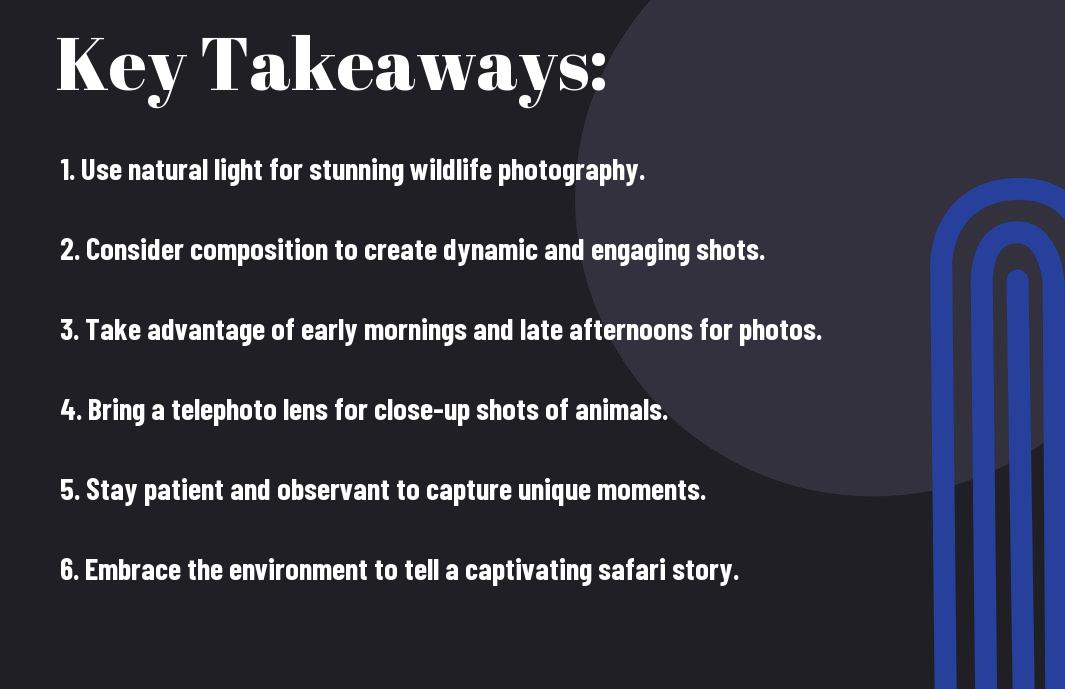
Preparing for Your Safari
You’ve booked your dream Tanzania safari and now it’s time to start preparing for the adventure of a lifetime. To ensure you capture stunning photos during your trip, be sure to check out our 5 Simple Tips to Improve Your Safari Photography guide.
Selecting the Right Photography Gear
Safari photography requires careful consideration when it comes to selecting the right gear. You’ll want to bring a reliable DSLR or mirrorless camera with a telephoto lens to capture distant wildlife, a sturdy tripod for stability, and plenty of memory cards to store all your amazing shots.
Understanding the Best Times for Safari Photography
Times are crucial when it comes to safari photography. The best times for capturing stunning wildlife photos are during the golden hours of sunrise and sunset when the light is soft and golden, creating a magical atmosphere in your images. Midday can be too harsh and result in overexposed photos, so plan your shoots accordingly.
Techniques For Capturing Wildlife
Even the most seasoned photographers can struggle to capture the perfect shot on a Tanzania safari. To make the most out of your wildlife photography experience, it’s important to familiarize yourself with some key techniques. For a comprehensive guide on safari photography tips, check out Safari Photography Tips – How to Get Great Photos on Safari.
Composition Tips for Dynamic Images
- When framing your shot, remember the rule of thirds and try different angles for a more dynamic composition.
- Pay attention to the background to avoid distractions and ensure the focus is on the wildlife subject.
- Experiment with different perspectives such as low angles or close-ups to add interest to your photos.
Assume that following these composition tips will help you create more compelling and visually appealing wildlife photos.
Mastering Light and Exposure in the Wild
Capturing the right light and exposure settings can make a huge difference in the quality of your wildlife photographs. This is especially crucial in the unpredictable lighting conditions of the wild. To master light and exposure, it’s important to understand how to adjust your camera settings according to the available light and the behavior of your subject.
Cultural Considerations and Etiquette
Now, as you commence on your Tanzania safari, it is important to be mindful of the cultural considerations and etiquette that are prevalent in this stunning destination. By respecting the local customs and traditions, you can ensure a more meaningful and enriching experience during your safari adventure.
Respecting Wildlife and the Environment
Environment: When capturing photos of the incredible wildlife in Tanzania, it is crucial to prioritize their well-being and protection. Always maintain a safe distance from the animals and never interfere with their natural behavior. Be sure to follow the guidelines provided by your safari guide and adhere to the rules of the national parks to minimize your impact on the environment.
Engaging with Local Communities Respectfully
Environment: Engaging with local communities respectfully can enhance your safari experience and provide a deeper insight into Tanzanian culture. Be mindful of cultural differences, ask for permission before taking photos of community members, and support local businesses by purchasing handmade crafts or products. By showing respect and appreciation for the people you encounter, you can foster positive relationships and contribute to sustainable tourism practices.
Wildlife: Interacting with local communities can offer a unique perspective on daily life in Tanzania and create meaningful connections with the people who call this beautiful country home. Consider participating in cultural activities or visiting community projects to learn more about traditional customs and ways of life. Engaging with local communities respectfully can lead to memorable experiences and a greater understanding of the rich cultural heritage of Tanzania.
Advanced Photography Tips
- Utilizing Different Perspectives and Angles
Tip Description 1 Get low or high 2 Shoot through objects 3 Use leading lines - Experimenting with Motion and Action Shots
Tip Description 1 Choose a slower shutter speed 2 Pan with the subject 3 Freeze the action
Utilizing Different Perspectives and Angles
An important tip for capturing captivating safari photos is to experiment with different perspectives and angles. Try getting low to the ground or shooting from a high vantage point to add an interesting dimension to your shots. You can also shoot through objects like bushes or branches to create a frame within a frame effect. Utilizing leading lines in your composition can lead the viewer’s eye through the image, creating a sense of depth and movement.
Experimenting with Motion and Action Shots
Motion and action shots can add a dynamic element to your safari photos. Experiment with different shutter speeds to capture movement in your images. Try using a slower shutter speed to create motion blur or pan with your subject to convey a sense of speed. For fast-moving subjects, you can opt to freeze the action with a faster shutter speed to capture sharp, detailed shots of the moment.
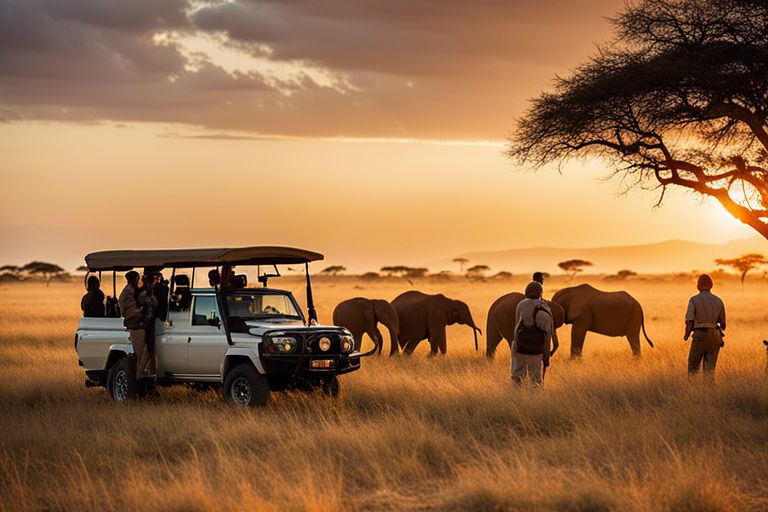
Reviewing and Editing Your Safari Photos
Sorting and Selecting the Best Shots
Keep in mind that not all photos captured during your Tanzania safari will be perfect. When reviewing your images, focus on selecting the best shots that tell a story or evoke a strong emotional response. Look for images that are well-composed, in focus, and highlight the beauty of the wildlife and landscapes you encountered.
Post-Processing Techniques to Enhance Your Images
With the advancements in digital photography, post-processing has become an imperative part of the photography workflow. To enhance your safari photos, consider using editing software like Adobe Lightroom or Photoshop to adjust exposure, contrast, color balance, and sharpness. Experiment with techniques such as cropping, straightening horizons, and removing distracting elements to improve the overall look of your images.
Another important tip is to maintain a balance when applying editing techniques – aim to enhance the natural beauty of the scene rather than altering it beyond recognition. Bear in mind, the goal of post-processing is to highlight the best features of your safari photos while staying true to the essence of what you captured in the wild.
Conclusion
Summing up, capturing stunning photos on your Tanzania safari is all about finding the right spot, being patient, and immersing yourself in the beauty of the wildlife and landscapes. Pay close attention to the lighting, composition, and timing to truly capture the essence of this incredible destination. By following these insider tips and tricks, you’ll be sure to come away with a collection of amazing photographs that will forever remind you of your unforgettable safari adventure in Tanzania.
FAQ
Q: Why is Tanzania a great destination for photography enthusiasts?
A: Tanzania offers stunning landscapes, diverse wildlife, and vibrant cultures, making it a paradise for photography enthusiasts. From the iconic Serengeti plains to the majestic Mount Kilimanjaro, there are endless opportunities to capture breathtaking images.
Q: What are some insider tips for capturing the best photos on a Tanzania safari?
A: To capture the best photos on your Tanzania safari, always be prepared with the right gear, such as a quality camera with a telephoto lens and extra batteries. Additionally, learn about the behavior of the wildlife you want to photograph and be patient to wait for the perfect shot.
Q: When is the best time of year to go on a safari in Tanzania for photography?
A: The best time to go on a safari in Tanzania for photography is during the dry season from June to October. This is when the wildlife concentrates around water sources, the vegetation is less dense, and the light is optimal for capturing stunning images.
Q: How can I capture unique and authentic photos of the wildlife in Tanzania?
A: To capture unique and authentic photos of the wildlife in Tanzania, focus on capturing their behavior and interactions rather than just close-up portraits. Experiment with different angles, compositions, and lighting to create visually compelling and storytelling images.
Q: Are there any cultural considerations I should keep in mind when photographing local communities in Tanzania?
A: When photographing local communities in Tanzania, always ask for permission before taking someone’s photo out of respect for their privacy and cultural beliefs. It’s also important to be mindful of local customs and traditions to ensure your photography is respectful and ethical.

